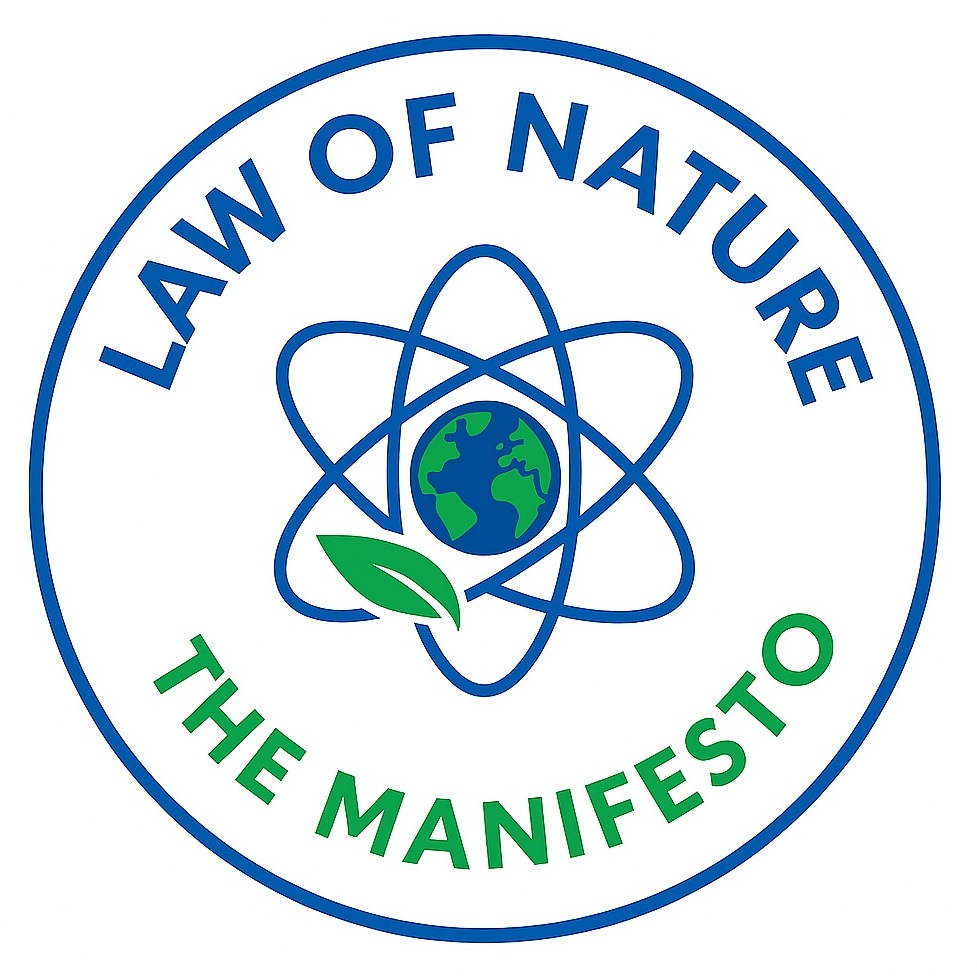

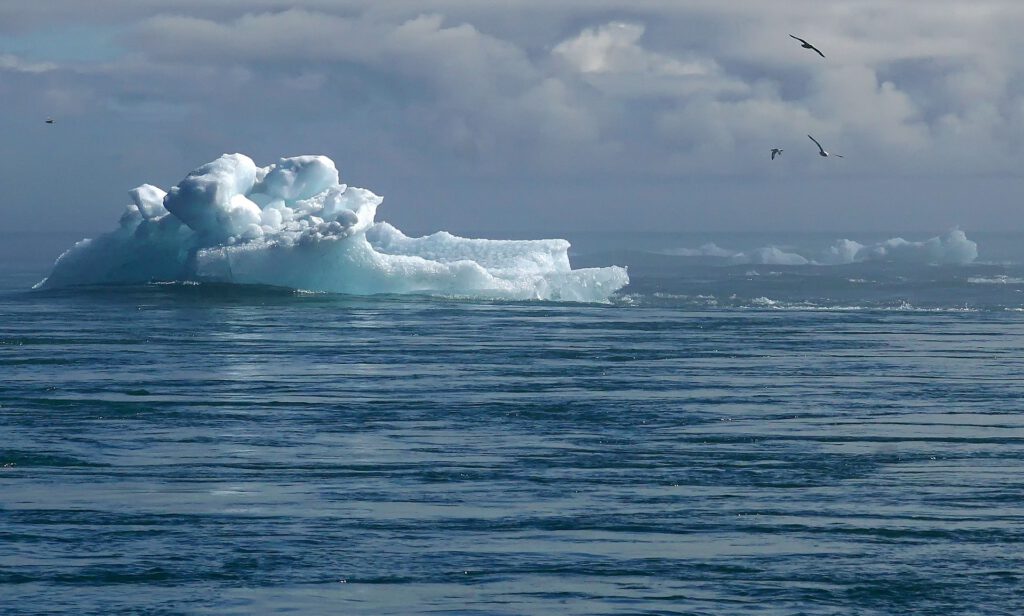






For 2+ Decades
High- to highest-impact solutions — available today — get stuck in the system by default
Today
Our long-standing approaches to solving the growing problems we face have failed us
Future
Bureaucracy and fixed ways of thinking prevent us from solving the problems
Possibility
An enormous solution potential is waiting to be unleashed
Let’s have a break …
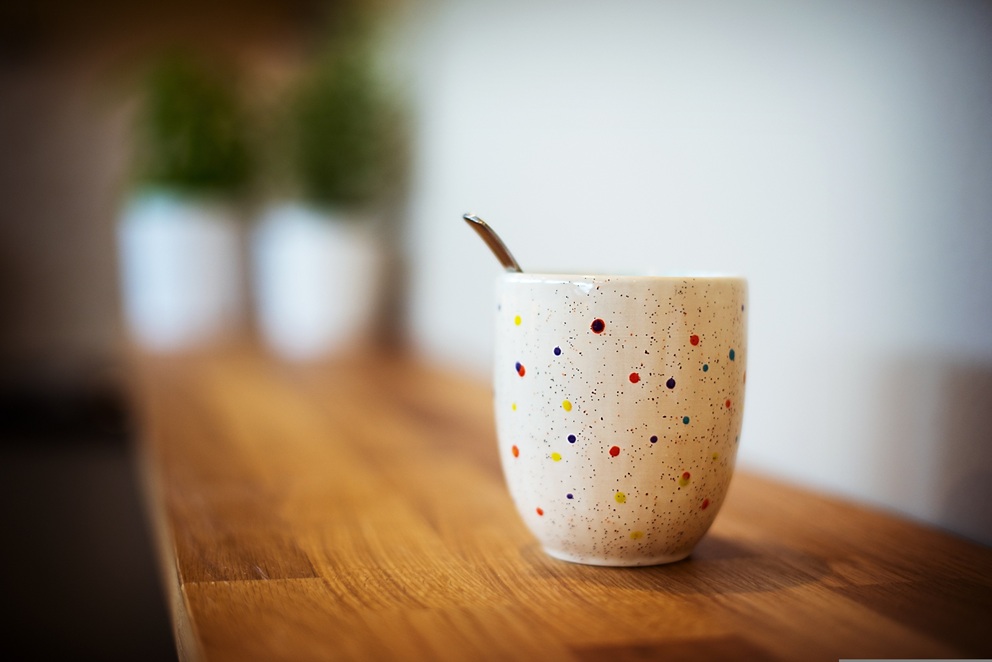

… and ask the questions nobody appears to ask:
What do decision-makers REALLY NEED to make the problem-solving decisions?
What do initiatives providing high-to-highest impact solutions REALLY NEED to get their solutions through the system?
When a group of senior experts — with hands-on experience in what worked where our long-standing solution attempts failed — responded to those questions, the following emerged.
Why Our Long-Standing Solution Attempts Failed Us
Most damaging — yet solvable — Root Causes remain unresolved


The one-word policy to solve the crippling bureaucracy at its most damaging root cause is missing
By publishing the word and its implications as a top-level policy, bureaucracy itself can be used to bring it into decision-making at all levels — and to drastically reduce bureaucracy to healthy levels.
Before the word can be made available, its context needs to be established. This is provided through the Manifesto’s tutorials.
Popular expressions trigger:
Same Thinking — Won’t Work
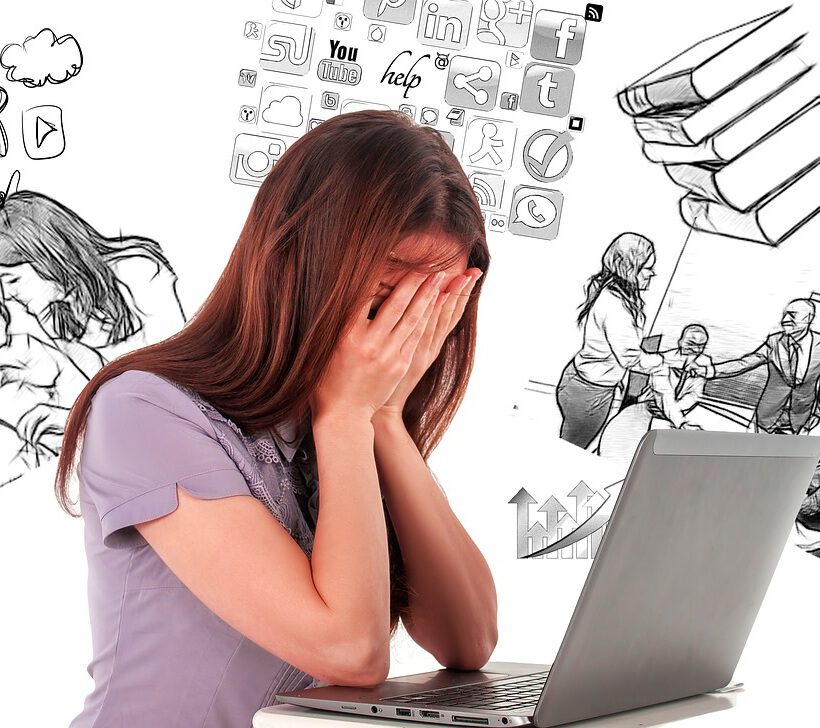

These expressions may still work for the own group, but trigger “won’t work” when used with other groups.
As soon as three or more groups have to work together, adjusting the expressions to each target group no longer works.
Example groups
What works in small environments gets stuck when scaled up.


Solutions, models, best practices, and IT tools are typically designed for a few parts of a complex problem — and miss the mountains of obstacles that appear when scaled up.
A Chaos of Guidance and Directions

A Chaos of Guidance and Directions

The same root causes
across industries, fields, and subjects
Quite often, simple solution possibilities
are waiting to be used
Universally applicable — when a part or the whole is COMPLEX
And more
And more
And more
Needed: A Reliable Foundation to Create a Common Path


A Manifesto
Providing the highest-impact intervention possibilities
An Operating System
Like Windows, Android, or iOS — but enabling healthy societal, organizational, and planetary systems
Based on …
Something powerful enough that it cannot be rejected
Intervening where …
The highest impact can be made at the lowest costs and risks — at the system level
Complete enough …
To turn today’s chaos of guidance and directions into a common path
Enabling decision-makers and initiative owners to …
Make the problem-solving decisions
Get impactful solutions through the systems with high speed and reliability
Emile van Essen, Founding Chair of World Sustainability Fund:
As far as I know, this is the only initiative worldwide responding to the following at the level required:
Nature’s Guidance

.
We Are All Part of Nature
So are the organizations we work for, the environments around us, and the systems we have created
Nature thrives when the environment is healthy
Nature’s Laws are present or occur
Nature’s Laws cannot be overruled, ignored, negotiated away, or changed by human will
It does not matter whether these Laws still need to be identified, require adjustment to the latest findings, or are expressed in exact, verbal, or illustrative ways — they are present or occur
No mathematics is needed for the main Laws
guiding us out of the Polycrisis


.
The same Laws of Nature that have been overruled, denied, or missed, guide us out of the devastating situation


.
The only solution left and powerful enough to solve the existential threats we face may be:
The (re-)integration of Relevant Laws of Nature
in Decision-Making
Before Nature’s guidance can be used
Action Paths
Three Solvable Root Causes of Devastating Consequences


When mainstream decision-making changed to decision-making by hard numbers, money, and linear practices ‘only’, information of critical importance — that could not be expressed this way — became invisible and treated as irrelevant
Alongside high failure rates, stress, and burnout, this created so-called management failures — while decision-makers and their advising experts believed they were applying state-of-the-art practices.
Solvable Root Causes: see root causes 2 and 3
These mainstream practices are hereafter referenced as exact practices
In the wake of Root Cause 1, we lost the ability to apply two groups of Laws that match the above criteria for Laws of Nature:
Solvable Root Causes
In the wake of Root Cause 1 …
This has led to few — or no — individuals in influential and decision-making positions with the ability to see highly effective solutions and get them through the systems. More to this in Manifesto Tutorial 3.4.3.
Example
One Law of Nature Stands Out Above All Others
With water — and in countless other situations — we apply this Law without realizing it is, in fact, a Law of Nature. The practices through which we do this used to be called Common (Business) Sense and Intuition
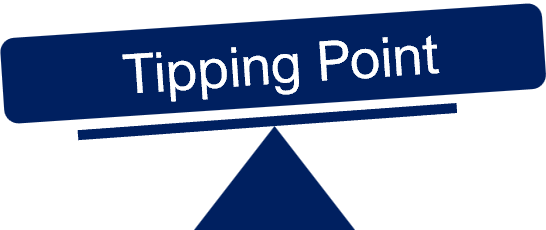
The Tipping Point Law:
“When a Tipping Point is crossed, something fundamental changes”

How we applied this Law in organizations
We adjust our practices according to the state — solid, liquid, or gas. The same applies to other substances
Further Tipping Points:
Other expressions for Tipping Points:

Beyond the Tipping Points of increasing Complexity, the Tipping Point Law demands different types of practices.

Until about the turn of the century, switching to the suited practices happened automatically. It happened through practices that used to be integral to decision-making when exact practices could not provide reliable outcomes. These practices were called Common (Business) Sense and Intuition.

What happened when Root Causes 1 to 3 manifested themselves
Applying exact practices beyond the Level 1 and even Level 2 Tipping Points became common. This happened because the Tipping Point Law was not identified as a Law of Nature — let alone for complexity.
This led to the new trends of agility and self-organization, with their open and non-linear practices. However, those approaches also missed the Tipping Points. They are now criticized just as much as the traditional best practices and models.


The systems — within which the problems at the top of this page must be solved — are now beyond the Level-2 Tipping Point.
Beyond this Tipping Point, the systems …

Patterns of systems and organizations being beyond the Level-2 Tipping Point:
Where are … ?

The journalists, initiatives and movements…
Asking the questions that guide all involved to the solvable Root Causes of the Highest Damage, to the relevant Laws of Nature, and to the solutions they guide to?
Our next-generation leaders — guiding us out of the growing problems and into a prospering future by…
The scientists in institutions — and the institutions themselves — who:
Ask:
Example:
Identify:
By:
Call to Contribute — At Any Level That Feels Right
From
Simply sharing Calls to Action with Hard-to-Ignore Questions anyone can ask or seeking fresh insights

To
Intervention possibilities of the highest impact and co-creation of impactful solution packages

You can simply:
Want to know how missing the Tipping Point Law may impact your life? Watch Tutorials 1 and 2

In addition to Level 1, you can simply:
Example questions to prevent costly mistakes and foreseeable failure:
Optional
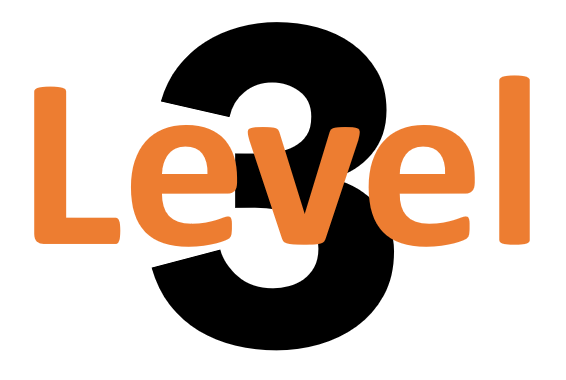
At this level, the door to fresh thinking is opened. In your environment, you ask relevant Hard-to-Ignore Questions that guide decision-makers, advisors, and experts toward fresh insights and highest-impact solutions — while sparking meaningful dialogue. You might want to make it visible by doing the exercise in Tutorial 3.3.
You are free to use your own approaches, practices, and tools, or those of third parties. However, there are a few requirements:
A personal goal could be:
For an overview and links to more specific information, go to:
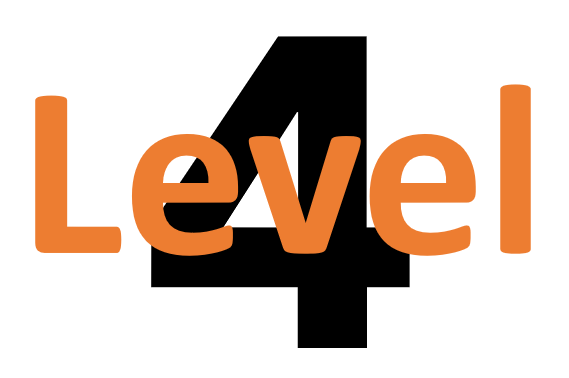
At Level 4, an Executable Solution Framework is co-created for a specific task or project. This can be done by yourself or together with individuals who have the necessary experience and skills.
In addition to Level 3, the following applies:
Requirements:
Your goals could be
To see how this differs from traditional approaches, please watch …
More …
YouTube notification level:

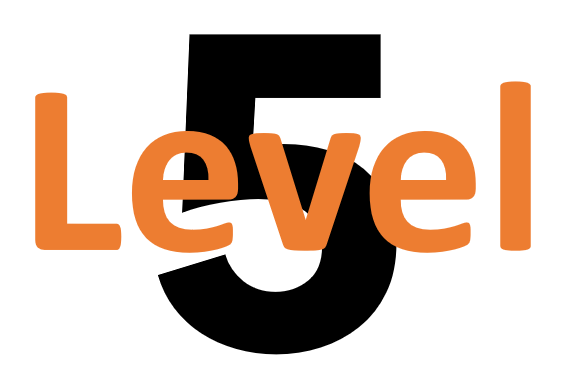
Why accepting:
1.
Invest 2–4 hours to explore this homepage, the intervention and solution possibilities under the menu options Manifesto and Manifesto ++ / OS, and watch the tutorials that may be relevant
2.
Get somebody with the mindset of “what worked where our long-standing solution attempts failed us” into a leading position, and take on the responsibility to:
Or become this person yourself.
3.
This person has the skill set to solve complex problems — or is coached by someone who does
More …
YouTube notification level:

The Law of Nature Manifesto & Operating System
Various practices to open fixed ways of thinking
Some visible, others emerging through the interactions between Manifesto and OS elements
A knowledge base of concise yet highest-impact insights and solutions
Natural process flows, Core Human Values, Essential Behaviours, etc.
Select what is relevant for the situation at hand — ignore the rest
Available from this webpage for immediate use
Free use —including free commercial use (Creative Commons licenses apply) 1
The LoN Manifesto+OS in only 30 minutes to 5 hours 1
(The 5 hours for implementation experts)
1 The pages under these menu options: Home, Calls to Action, Manifesto, and Manifesto+OS, including short tutorials.
Extra time may be needed for the calls to Action and downloadable add-ons.
A group of independent individuals with extensive experience in what delivered needed results where our long-standing solution approaches failed us.
When they could not find anyone in businesses, public services, or universities responding at the levels required — for making impactful solutions executable, scalable, and durable at the system levels — they took on the challenge. It led to the LoN Manifesto + Operating System.
Netherlands, Germany
Polymath
Initiator and main Analyst of the Manifesto
Consultant, Inventor
Margie Charpentier
Netherlands
Background support and out-of-the-box contributions
Emma de Klerk
Netherlands
Translater
Creative Illustrator
Emile (Glans) Van Essen
Netherlands
Founding Chair WORLD SUSTAINABILITY FUND
Polymath
Many sustainability projects across the globe have received (large) funds. Emile became a co-creator when he discovered that the Law of Nature Manifesto was addressing many of the obstacles undermining the projects funded and he didn’t see anyone else doing this.